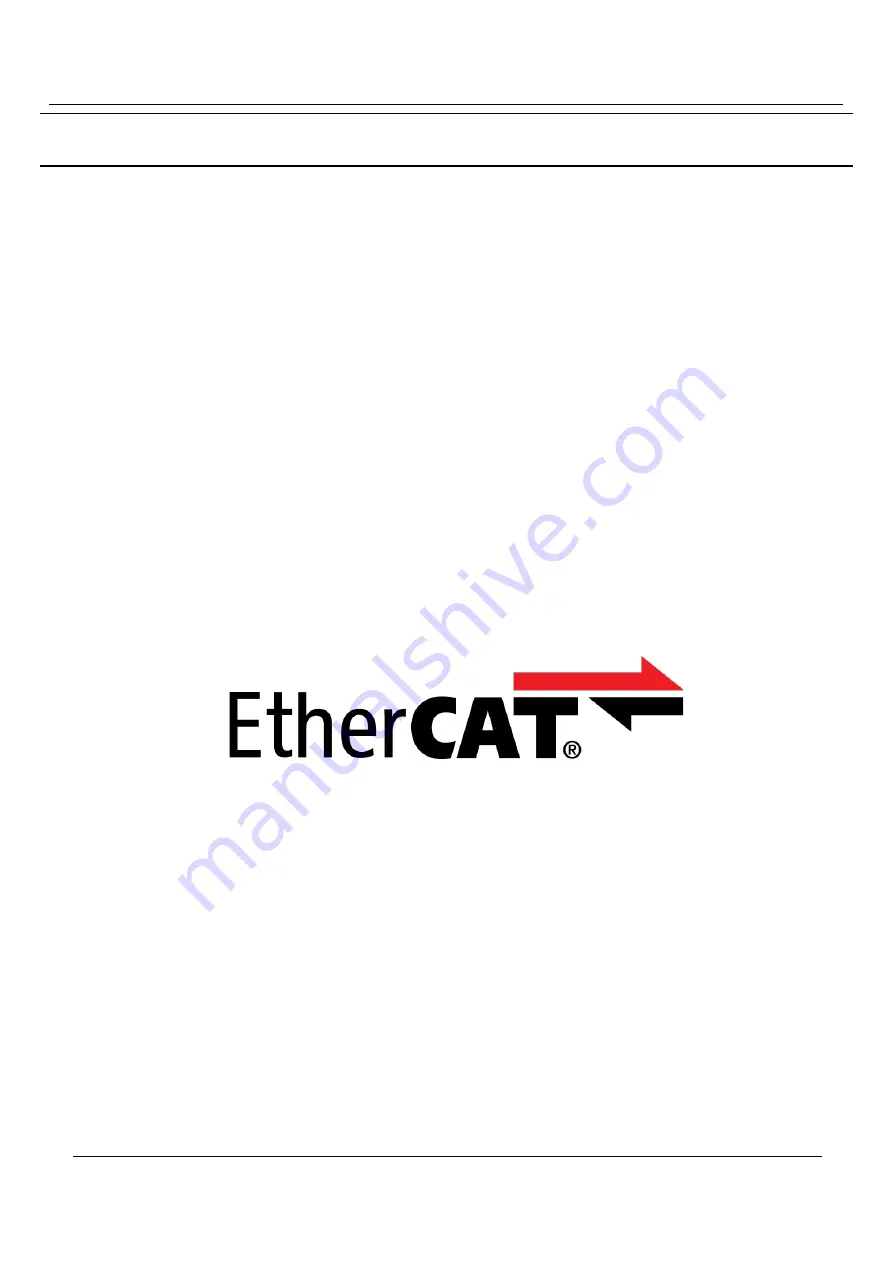
TPM
207-D533-NN User Manual
7
1.
EtherCAT Introduction
1.1
Introduction
EtherCAT
®
is an ultra-high-speed serial communication system. This technology is widely applied in factory
and machinery automation industries. EtherCAT
®
is real-time down to the I/O level. The transmission rate of
EtherCAT
®
is 2 x 100 Mbit/s, which makes it the fastest ethernet. Each EtherCAT
®
slave device reads and
writes the data by the function of "on the fly". One can extract or insert bits or bytes without suspending the
system. Each EtherCAT
®
segment can connect up to 65,535 nodes. With 100BASE-TX, the distance between
two nodes is up to 100M with EtherCAT
®
. With 100BASE-FX (fiber optics), the distance between two nodes
is longer than 100M.
Precise synchronization is one of the features of EtherCAT
®
. The Distributed Clocks (DC) can adjust the
time of Master and Slaves to achieve the synchronization. The time of synchronization is less than 1μs.
EtherCAT
®
also leads to lower solution costs because of the low-cost slave controller with FPGA, small
volume with EtherCAT
®
instead of IPC, and so on. EtherCAT
®
is IEC, ISO, and SEMI standard protocol.
The slave controller can provide interoperability. The master stacks are suitable for various Real-time
Operating System (RTOS).








































